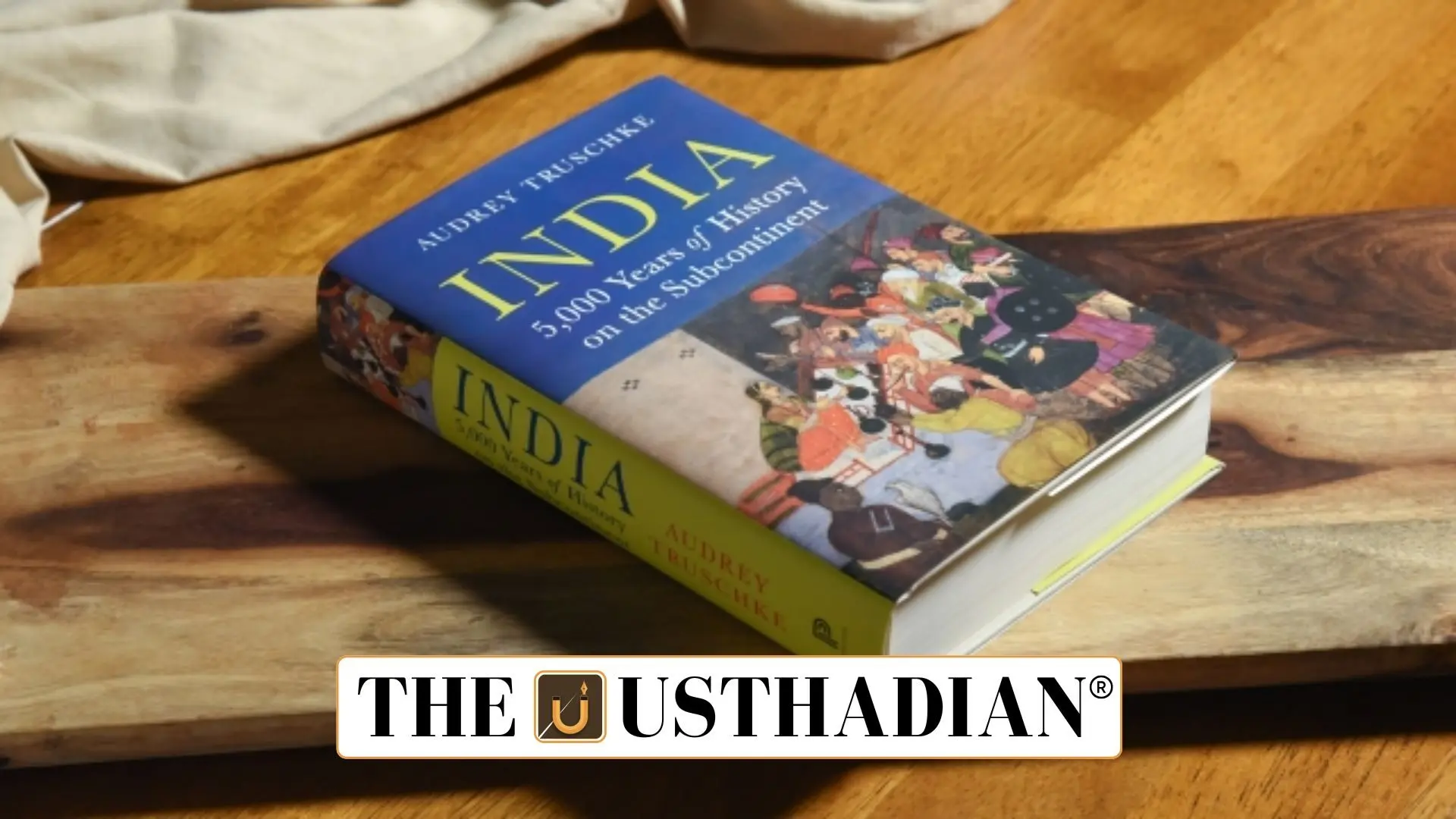Unfolding India through layers of time
India 5000 Years of History by Audrey Truschke: India 5000 Years of History by Audrey Truschke takes readers on a gripping journey through the subcontinent’s vast and complex past. Published in 2024 by Picador India, this book is not just a chronological listing of events. It offers a deeper reflection on how political power, cultural transformations, and religious shifts have influenced India’s ever-changing identity. Truschke invites us to rethink familiar stories and explore the nuanced layers that define Indian civilization.
About the author Audrey Truschke
An American historian and Indologist, Audrey Truschke is known for her sharp and thought-provoking works. Currently serving as Associate Professor at Rutgers University – Newark, her previous books like Aurangzeb: The Man and the Myth and The Language of History have already positioned her as a bold voice in South Asian studies. What makes Truschke stand out is her ability to question dominant historical narratives using a blend of archival sources, textual research, and linguistic analysis.
Her writings often stir academic discussions and public debates, especially when she deals with controversial historical figures or challenges popularly accepted myths. This new book continues that tradition.
A wide-angle view of Indian history
The book presents a multi-layered account of Indian history, tracing the evolution of the subcontinent from the Indus Valley Civilization to present-day India. It explores how empires rose and fell, how cultural ideas spread, and how social and religious identities were constantly reshaped.
Unlike many traditional textbooks, Truschke’s work avoids oversimplification. Instead of presenting a single, unified history, she highlights the pluralistic and contested nature of India’s past. Through storytelling and primary sources, she shows how historical memory is formed—and often reformed—to suit modern-day narratives.
The ancient chapters that matter
The book begins with an insightful chapter on the Indus Valley Civilization, emphasizing its urban planning, trade systems, and climatic adaptability. This civilization, which flourished around 2500 BCE, is a cornerstone of Indian history and is known for sites like Mohenjo-Daro and Harappa.
Next, the book enters the Vedic period, focusing on oral traditions, rituals, and the foundational role of Sanskrit literature. Rather than repeating the outdated Aryan invasion theory, Truschke presents a nuanced interpretation that considers archaeology, migration patterns, and linguistic evolution. The message is clear—India’s ancient roots are complex, layered, and shaped by both continuity and change.
A valuable resource for curious minds
With a mix of storytelling, analysis, and cultural critique, this book is a refreshing addition for anyone looking to explore India’s history beyond surface-level facts. It encourages readers to see Indian history not as a static timeline but as a living, evolving narrative shaped by debate, diversity, and depth.
Static Usthadian Current Affairs Table
| Topic | Details |
| Book title | India: 5000 Years of History |
| Author | Audrey Truschke |
| Publisher | Picador India |
| Year of publication | 2024 |
| Author’s designation | Associate Professor, Rutgers University – Newark |
| Previous works | Aurangzeb: The Man and the Myth; The Language of History |
| Focus period in book | From Indus Valley Civilization to Modern India |
| Notable themes | Cultural shifts, pluralism, political evolution, contested memory |
| Ancient period covered | Indus Valley Civilization, Vedic Age |
| Key civilizations discussed | Harappan, Vedic society, early empires |








